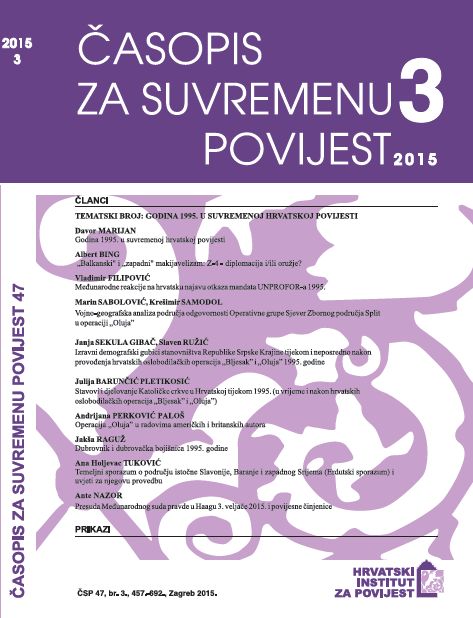
Keywords: Erdut Agreement; Croatian Danube Region; Serb District of Eastern Slavonia; Baranja and Western Syrmia; Syrmia-Baranja District; Dayton; Plan Z-4; UNTAES
After the Croatian military operations “the Flash“ and “the Storm“ and the creation of the new geopolitical relationships, Serbian leadership became aware that the areas of Western Slavonia, Baranja and Eastern Syrmia would not remain under Serbian occupation. Following the defeat of the Serbian forces in Croatia and the joint military operations of the Croatian armed forces and the Army of Bosnia and Herzegovina, which practically destroyed the Serbian armed forces in Bosnia and Herzegovina, the road towards political negotiations was opened. The matter of reintegration of the occupied areas under the jurisdiction of the UN into the state organization of the Republic of Croatia gained the new importance during the key political negotiations in late 1995. Despite the readiness of the Croatian army and the strong opposition of the Croatian public, displaced persons in particular, to the proposition that the occupied sections of the Eastern Slavonia and Vukovar, a symbol of defence and the suffering of Croatia in the Homeland War, be returned to Croatia using military force, Croatian leadership decided to negotiate with the rebellious Serbs. During the many months of negotiations between the Croatian leadership and the leadership of the rebellious Serbs, attempts were made at finding a way to peacefully resolve the issue of the remaining occupied territory. This made the signing of the Treaty on the peaceful and gradual transition of that area under the Croatian jurisdiction possible. The Croatian government and the Serb leadership signed the Basic Agreement regarding the Eastern Slavonia, Baranja and Western Syrmia (the Erdut Agreement) on November the 12th, 1995 in Erdut and in Zagreb. The Agreement allowed for the stability to return to the area which was previously destroyed in military operations, scarred by human suffering, forced migrations and general social and economic decline. It was expected that the peace process, which was started by the signing of the Basic Agreement, would be continued through the UN Security Council’s Resolution, which was supposed to confirm the mandate of the new Peace Corps and to start the enforcement of the Agreement itself. The realization of the peace agreement began with the UN Security Council’s Resolution 1037 from January the 15th, 1996.
More...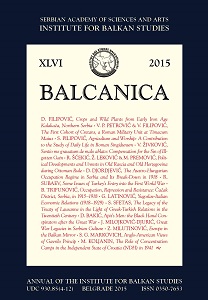
Keywords: Singidunum; Mt Kosmaj; agriculture; worship; Liber and Libera; Terra Ma¬ter; Silvanus; Persephone; Ceres;
The paper relies on epigraphic and archaeological evidence for understanding two aspects of everyday life in Roman Singidunum, agriculture and the worship of agricultural deities.
More...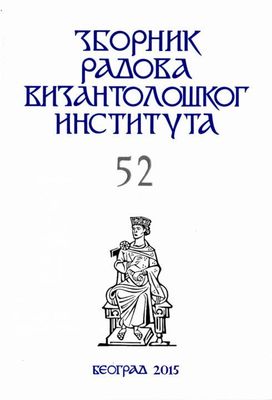
Keywords: Vojvodina; 10th century; Constantinus Porphyrogenitus; Early Hungarians; grave finds
Data from De administrando imperiо covers Hungarian conquest, right after their arrival to the Carpathian plain and to the territories they settled. In order to describe the area of their inhabitance, author used well known facts and clear geographical marks. Territory defined in that manner encompassed modern Vojvodina, so an opinion was brought out in scientific literature that it was also included in the area of early Hungarian inhabitance. However, it appeares that in those speculations the archaeological data were not adequatelly used, so it is important to give more precise insight into the available archaeological material that can be tied to the earliest presence of Hungarian population in Vojvodina.
More...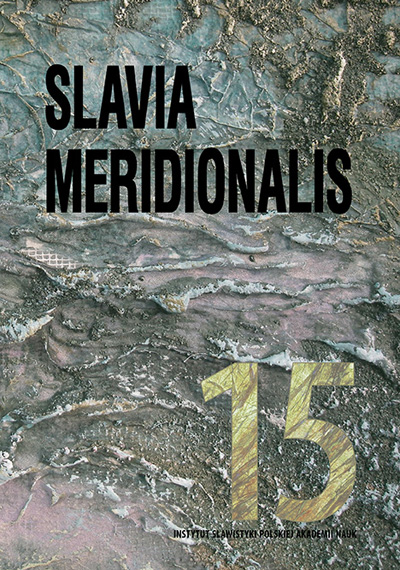
Keywords: chronology; Old Germanic populations; south-east Europe; contact and assimilation; loans; phonetic changes; semantic shifts
The present article is directly based on the handout of the talk this author gave at the International Conference on Balkan Linguistics (6-7 May, 2013, Toruń, Nicolaus Copernicus University); therefore the subchapters and paragraphs observe the arrangement of the materials included in that handout. The first part contains a chronological table that reflects mainstream archaeological-historical information regarding the history of military-political actions and achievements of the Old Germanic populations in south-east Europe between the 3rd century BC and the 6th century of our era. Then concrete textual proofs follow, which are chronologically arranged and briefly commented upon. Finally, the author proposes interdisciplinary approaches based mainly on reference of linguistic features to historical stages and evolutions.
More...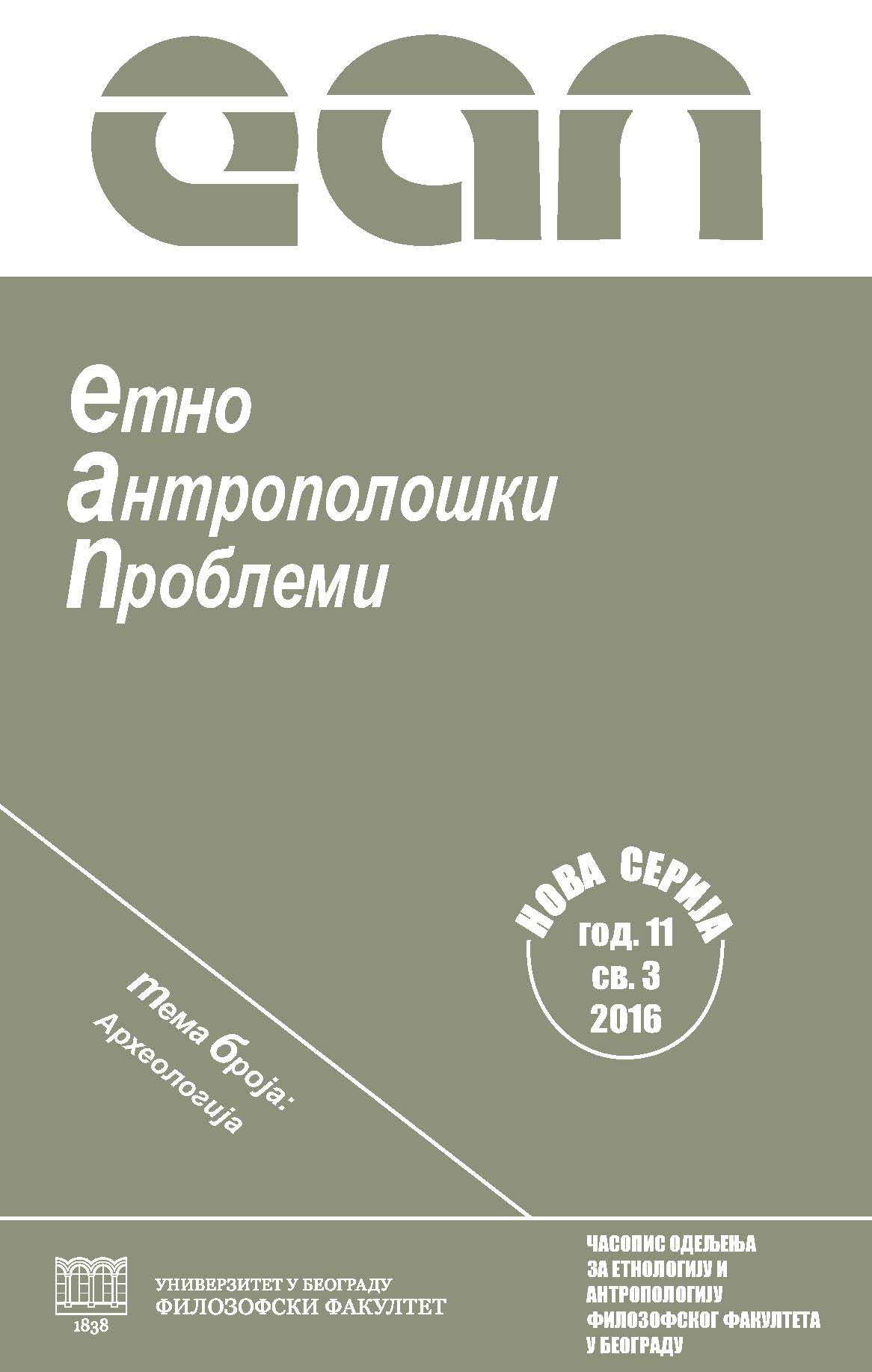
Keywords: rimski novac; srednjovekovni grobovi; Srbija; sekundarna upotreba; dragocenosti; biografija stvari; miraz
U ovom radu istražuje se fenomen sekundarne upotrebe rimskih novčića (II–IV vek) u srednjovekovnim nekropolama (X–XV vek) sa teritorije Srbije. U fokusu istraživanja su grobovi u kojima su rimski novčići upotrebljeni kao dekorativni elementi pokojnikove odeće – najčešće preoblikovani u priveske. Ovakav tip sekundarne upotrebe rimskog novca konstatovan je samo u ženskim grobovima. Cilj rada je da predloži interpretaciju ove pojave kroz analizu vrednosti i značaja sekundarno upotrebljenih novčića u stvaranju porodičnih dragocenosti koje se definišu u važnim i kritičnim momentima društvenog života zajednice. Posebno se ispituje mogućnost interpretacije ovih nalaza kao primera grobova u kojima su sahranjene ženske osobe sa delovima svog miraza. Analizira se konstrukcija značenja i vrednosti ovih predmeta kroz njihovu razmenu u običajima vezanim za sklapanje braka, i, naposletku, u funerarnim praksama. Budući da je rimski novac iz ovih grobova malobrojan, i da se uvek radi o bronzanim denominacijama, možemo pretpostaviti da je definisanje njihove vrednosti i značaja zasnovano na simboličkom i reprezentativnom nivou. Polazna tačka ovog rada je korpus radova koji istražuju fenomen ponovne upotrebe stvari u prošlosti, da bi se dalje u radu dublje istražila veza između srednjovekovne društvene strukture i evaluacije novčića u seoskim zajednicama centralnog Balkana.
More...Keywords: Cenad; bishop; diocese; university; Humanism;
The present study aims to prove that the bishops of the dioceses in Eastern Medieval Hungary were men of notable culture acquired in the great European universities of the time. The knowledge they acquired was of scholastic and eventually humanist nature, two specific trends of that epoch. The fact that some of the prelates had undertaken academic studies was to be a catalyst to their social and ecclesiastic ascension, which culminated with the ownership of the bishopric. Up to 1526, seven bishops of Cenad had academic studies. The most attended universities were those on the Italian Peninsula, especially Bologna and Padua. This situation accounts to the relative closeness to Rome, the religious centre of the Catholic world, as well as to the specialization in canon law of the Italian universities, to their fame, and to the strong bounds between Italy and Hungary, especially during the times of Matthias Corvinus. It is important to consider that these academic studies were a major factor which contributed to the religious and secular ascension of ecclesiastical personalities. Some of the bishops were notable humanists, decisively contributing to the outspread of the Renaissance ideas and spirit throughout Hungary. The activity of these academic bishops placed the ecclesiastic life of Hungary in the European pattern of the epoch.
More...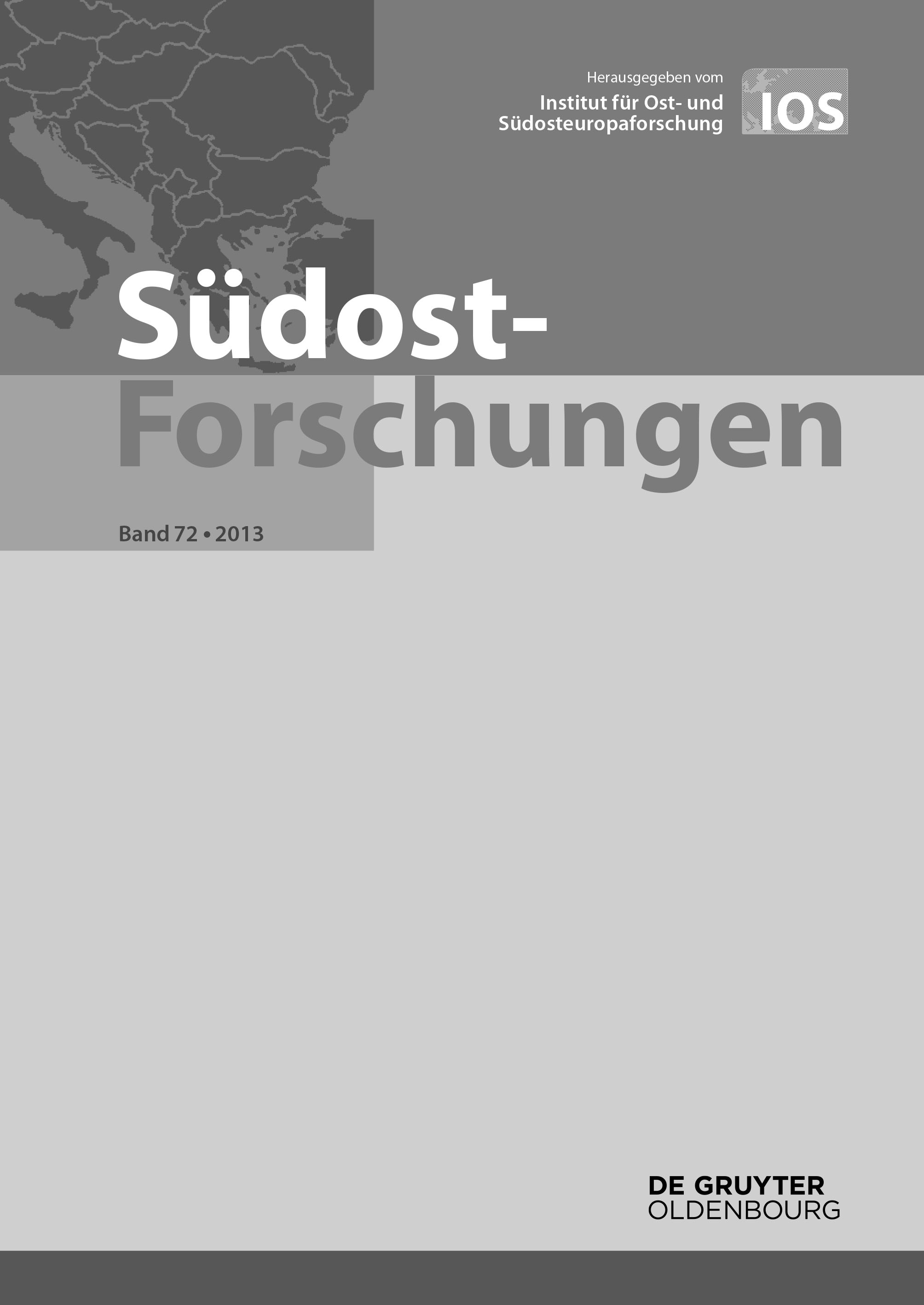
Conversio Bagoariorum et Carantanorum. Das Weisbuch der Salzburger Kirche uber die erfolgreiche Mission in Karantanien und Pannonien. Hg., übers., komm. und um die Epistula Theotmari wie um gesammelte Schriften zum Thema ergänzt von Herwig Wolfram. 2. überarb. Auflage. Ljubljana: Hermagoras 2012. 419 S., ISBN 978-3-7086-0672-9, € 37,– The Cham Albanians of Greece. A Documentary History. Hgg. Robert Elsie / Bejtullah Destani. London, New York: I. B. Tauris 2013. XLIII, 455 S., ISBN 978-1-7807-6000- 1, Ł 59,50 Verzweifelt objektiv. Tagebuchnotizen und Briefe des ungarischen Rechtsphilosophen Felix Somlo (1873-1920). Hgg. Andreas Funke / Péter Sólyom. Köln, Weimar, Wien: Böhlau Verlag 2013. 290 S., ISBN 978-3-412-21048-9, € 49,90 Leopold Rosenmayr, Im Krieg auf dem Balkan. Erinnerungen eines Soldaten an den Zweiten Weltkrieg. Wien, Köln, Weimar: Böhlau Verlag 2013. 310 S., ISBN 978-3- 205-78851-5, € 29,90 Avram Bunaciu, Biografie. Reflecţii. Corespondenţă [Biographie, Reflexionen, Korrespondenz]. Hg. Florin Constantiniu. Bucureşti: Editura enciclopedică 2011. 271 S., ISBN 978-973-45-0631-6, RON 35,– Jorgji Kote, Ne veterrethim. Episode, ngjarje te jetuara dhe reflektime [In Selbstumkreisung. Episoden, erlebte Geschehnisse und Reflexionen]. Tiranë: Botimet Toena 2012. 248 S., ISBN 978-99943-1-809-4, Lek 700,–
More...
Keywords: byzantine;Bulgarian history;
More...
Keywords: Byzantine;Roman Empire;
More...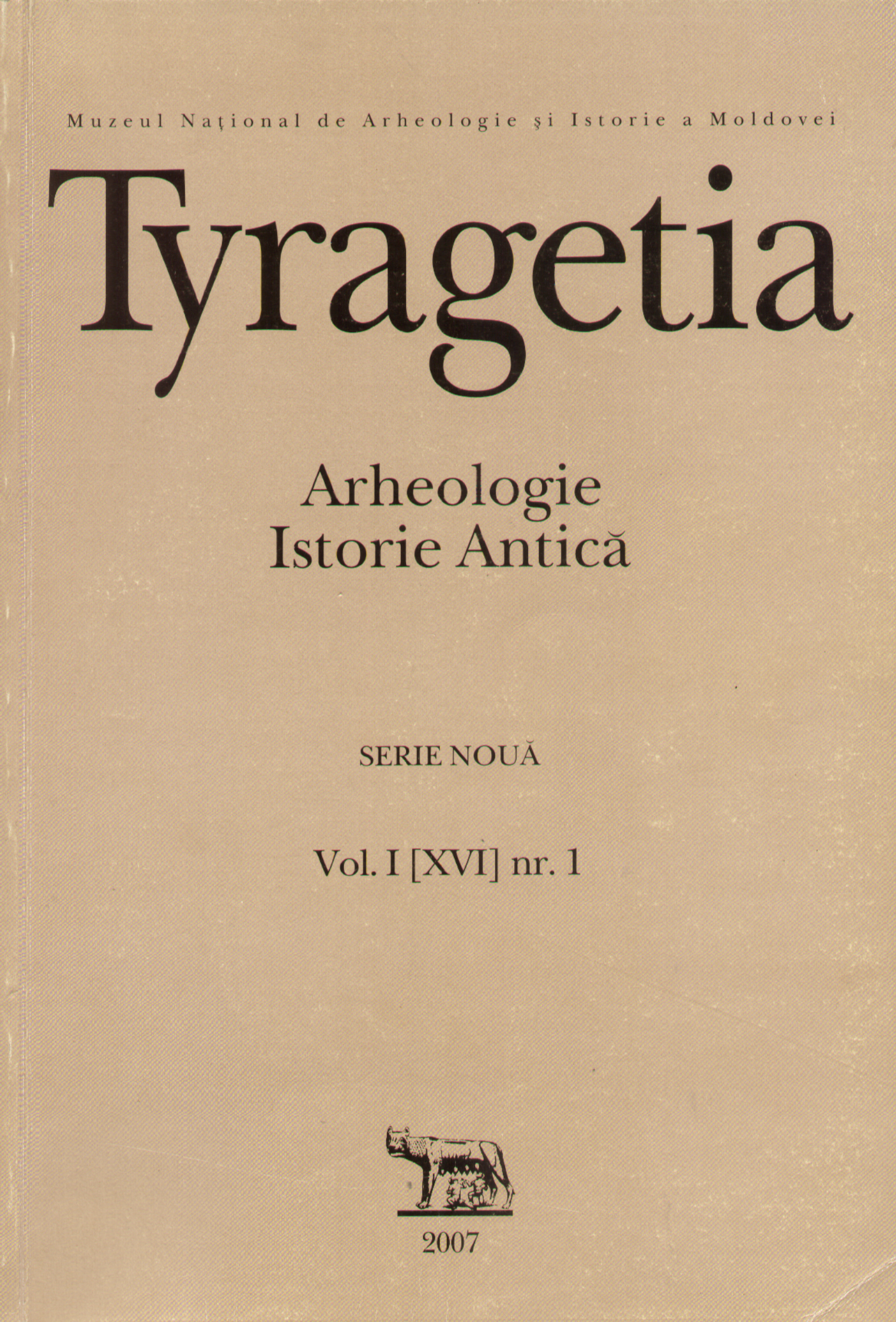
Keywords: Moldova; numismatics; coin discoveries
The article contains information about hoards and isolated finds of ancient coins found in Moldova in 2005-2006. With the help of modern metal-detectors a number of numismatic finds has been excavated recently. Only a small part of these finds are preserved in museums; some of them are kept in private collections and the majority is exported abroad illegally. This explains the necessity of publishing the chronicle of numismatic finds in the new series of the “Tyragetia”. It will allow to accumulate valuable information and also to provide scholars with important new data relevant for their research. We would be grateful to the colleagues from other museums, archaeologists and collectors for any information about new numismatic finds. The authors of this chronicle publish 8 ancient and 19 medieval finds, including 9 hoards.
More...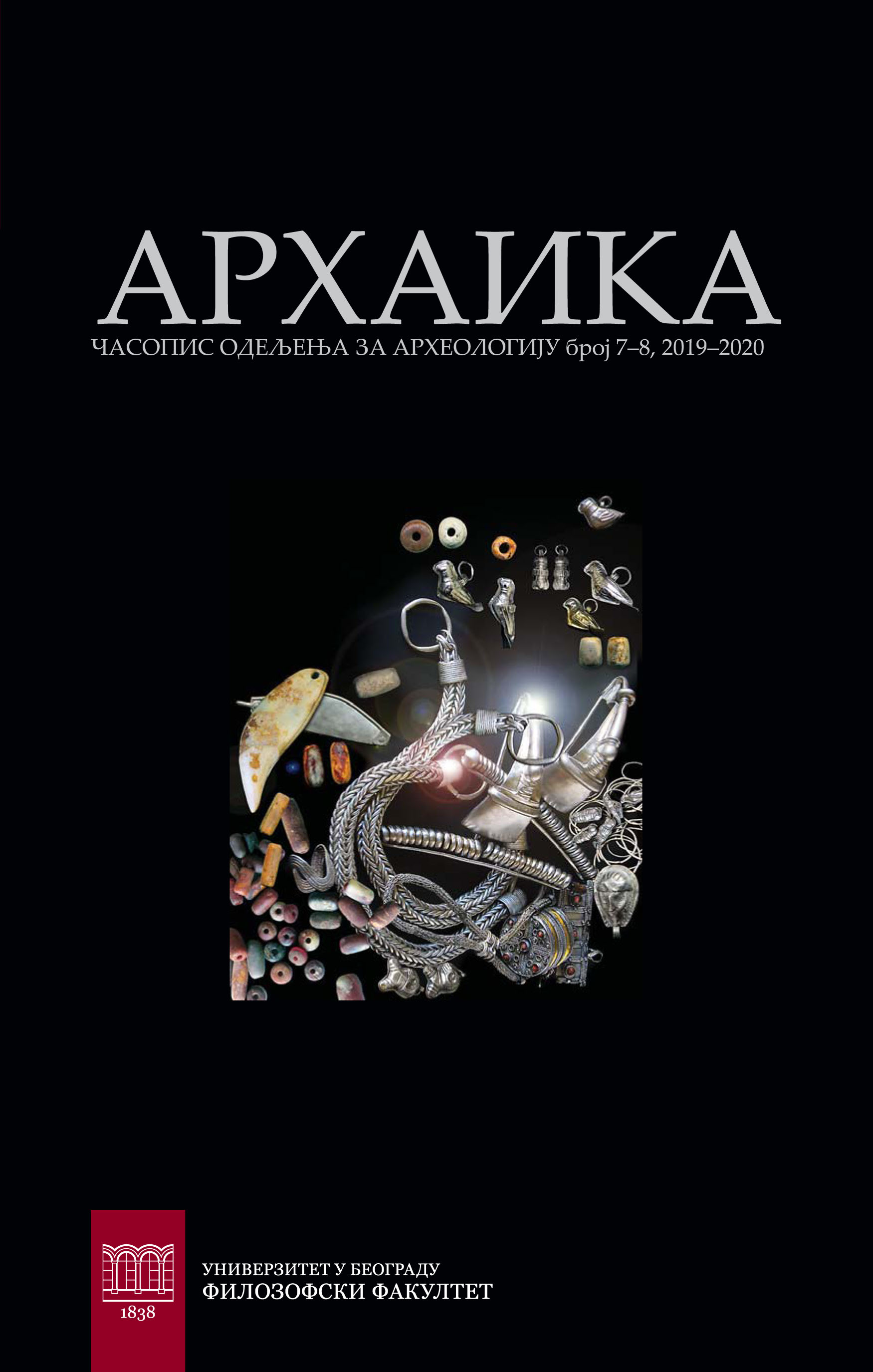
Keywords: well; Roman period; archery; nock; arrow; bone; Roman army
This paper is dedicated to the find uncovered in a Roman well identified as a grave (G1295) from the locality Pećine at Viminacium (Serbia). Theobject is made of animal bone and has a cylindrical body with a V shaped notchcarved on the back end. The body continues in the form of a narrow and long pinwith circular cross-section. The object was originally published as a tuning peg(key) for string instrument (lyre), however, the author con cludes that it actuallyrepresents a piece of archery equipment, that is, a nock that was once implantedon the back of the arrow shaft made of reed. Based on the stratigraphy and otherfinds from the same layer, the bone nock from Viminacium, up to date the onlysuch find in Serbia, is dated in the beginning of the 3rd century AD.
More...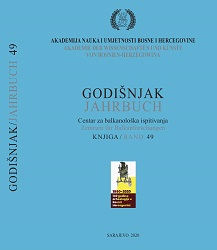
Keywords: Roman roads; Illyricum; epigraphic monuments; milestones;
During summer of 2020 in the area of the municipalities of Kakanj and Vareš were found new finds from roman time. Remains of a Roman road, several hundred meters long, were found in the area of Kakanj at the Crnač site. In the area of Vareš, two epigraphic monuments were found with much damaged text that makes it impossible to read accurately. The possibility remains open that at least one of these epigraphic monuments is a milestone.
More...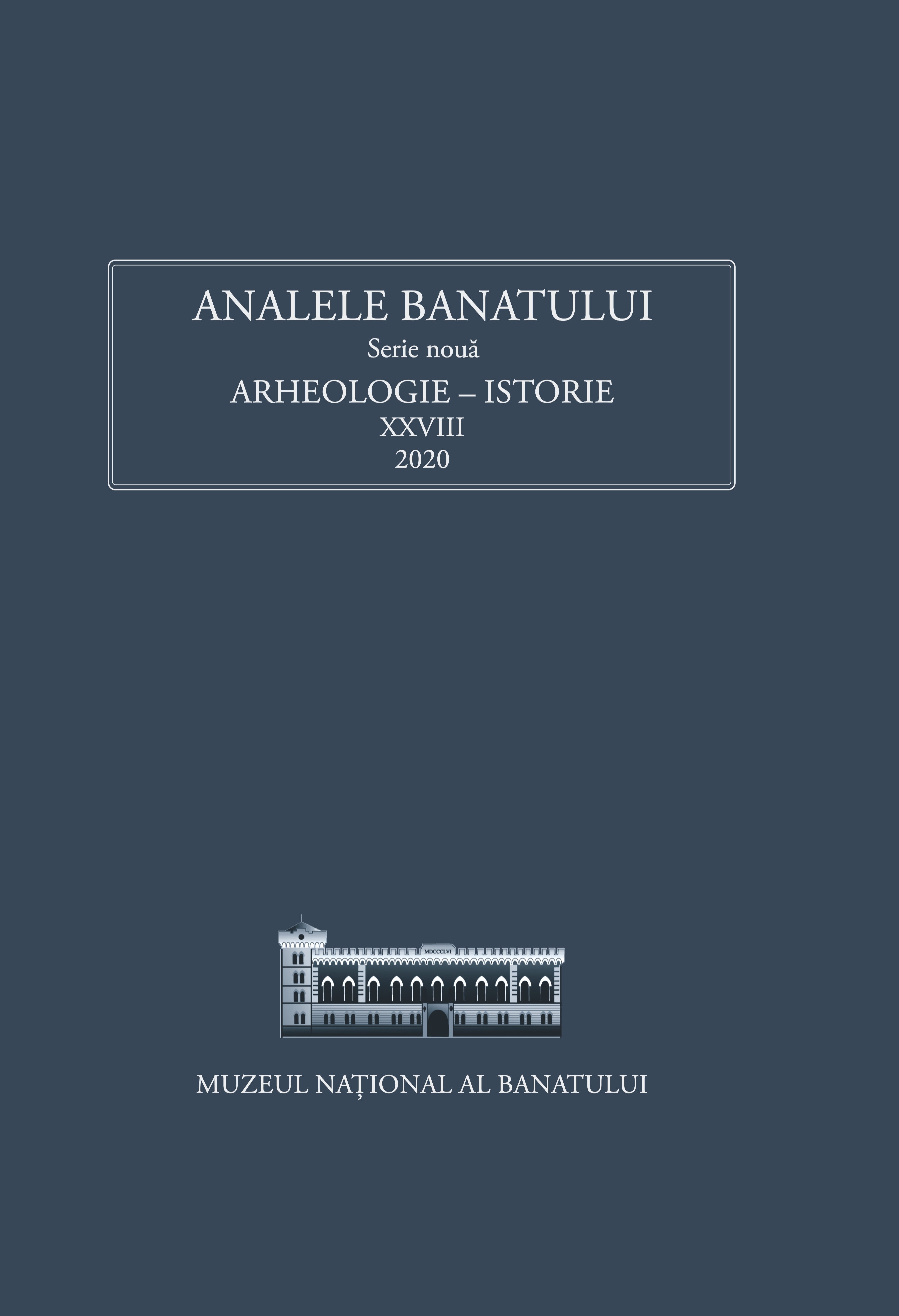
Keywords: hoarding; coin circulation; Banat;Byzantine Empire; Middle Ages; Komnenos dynasty;
The aim of this paper is to present a hoard, which is most likely a fragment of a more extensive treasure and which was recovered by the Romanian judicial authorities in 2014. The finding place of the hoard remains unknown, most of the recovered information indicating that it was found in Banat, somewhere in the area of Timiș and Caraș-Severin Counties. The first part of this paper is dedicated to the presentation of the hoard which consists of 17 billon coins struck by John II Komnenos and 15 billon coins struck by Manuel I Komnenos, the latest coin of the hoard being dated between the years 1160 and 1164. In the second part of the paper an analysis of the similar findings from the Banat area is proposed, alongside with the sketching of a historical context for the hiding of this batch of coins and an analysis of the impact had by the byzantine coin in the local monetary circulation.
More...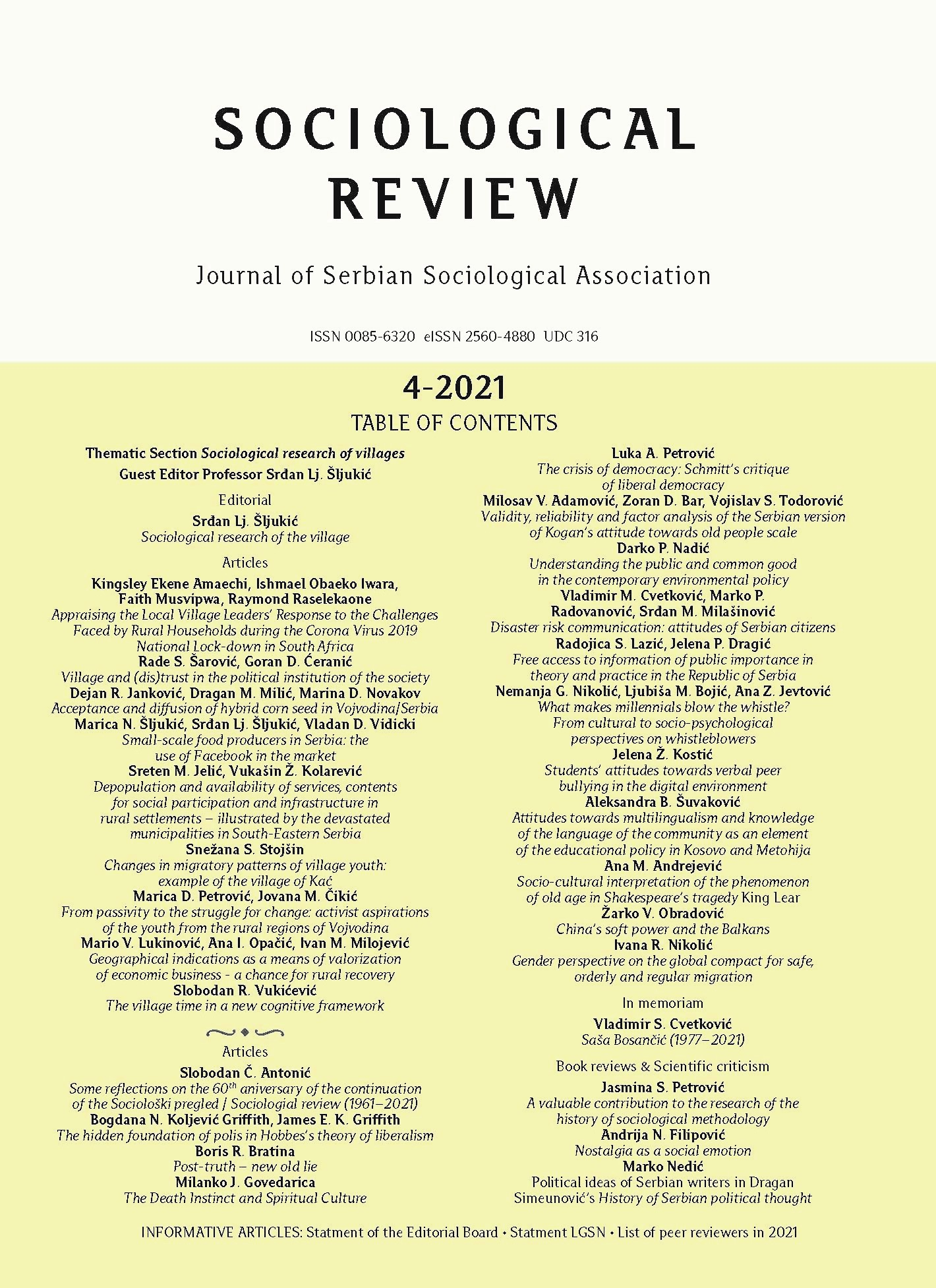
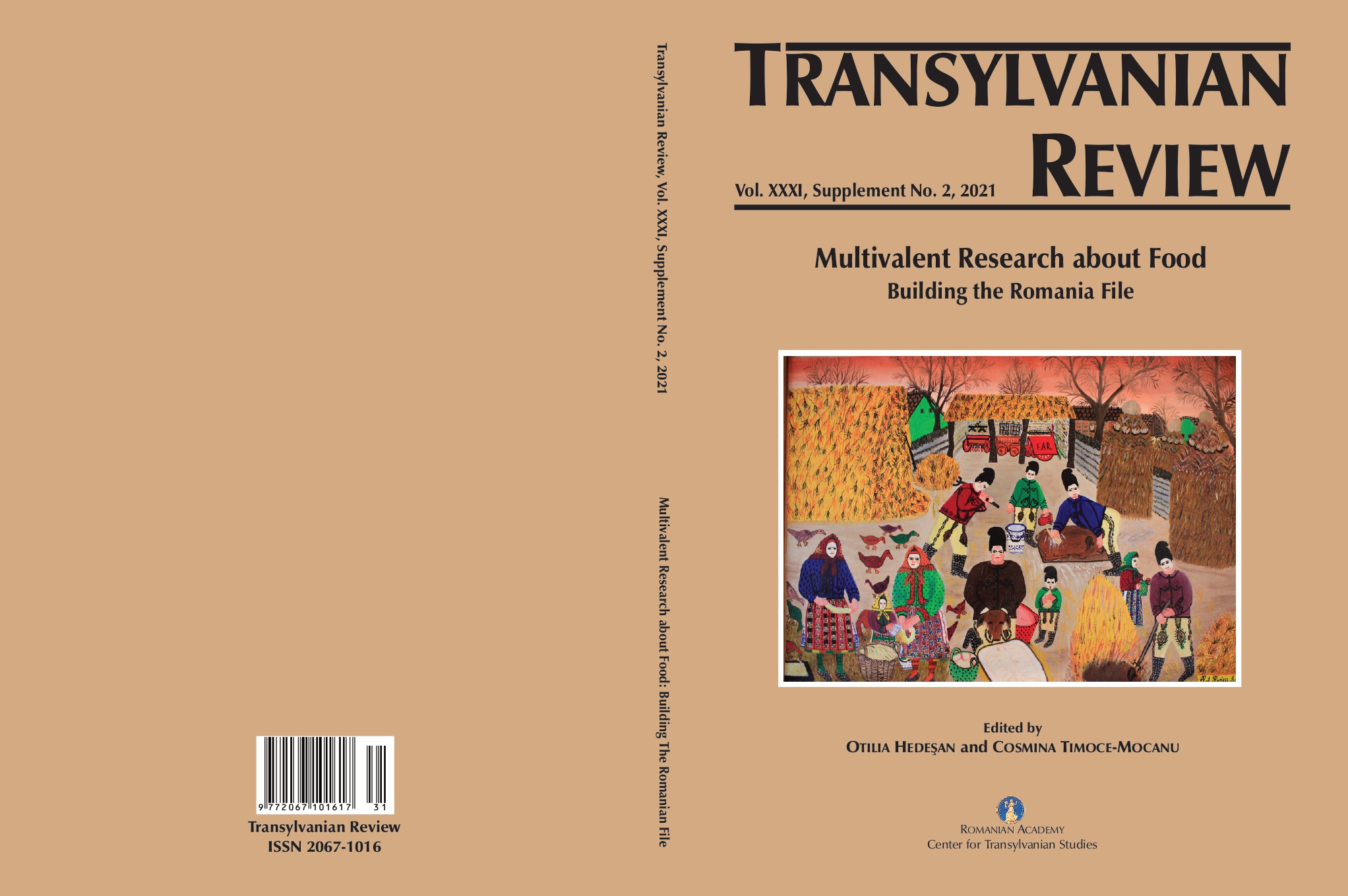
Keywords: Alba Iulia; Transylvania; necropolis; inscription; Saint Methodius;
The present article focuses upon an interesting discovery made during the archaeological research carried out at Alba Iulia–“Stația de Salvare,” concerning the elements of rite and funeral ritual of grave 624, which most likely belongs to a male child. In the sepulchral pit of the abovementioned grave one can observe animal remains, egg-shells, coal, a pear-shaped bell, an iron blade and the deposition of two ceramic vessels. Of these two, the amphora features on its shoulder an inscription engraved in Greek letters. This inscription consists of five letters of different heights and it is widely discussed in the present article.
More...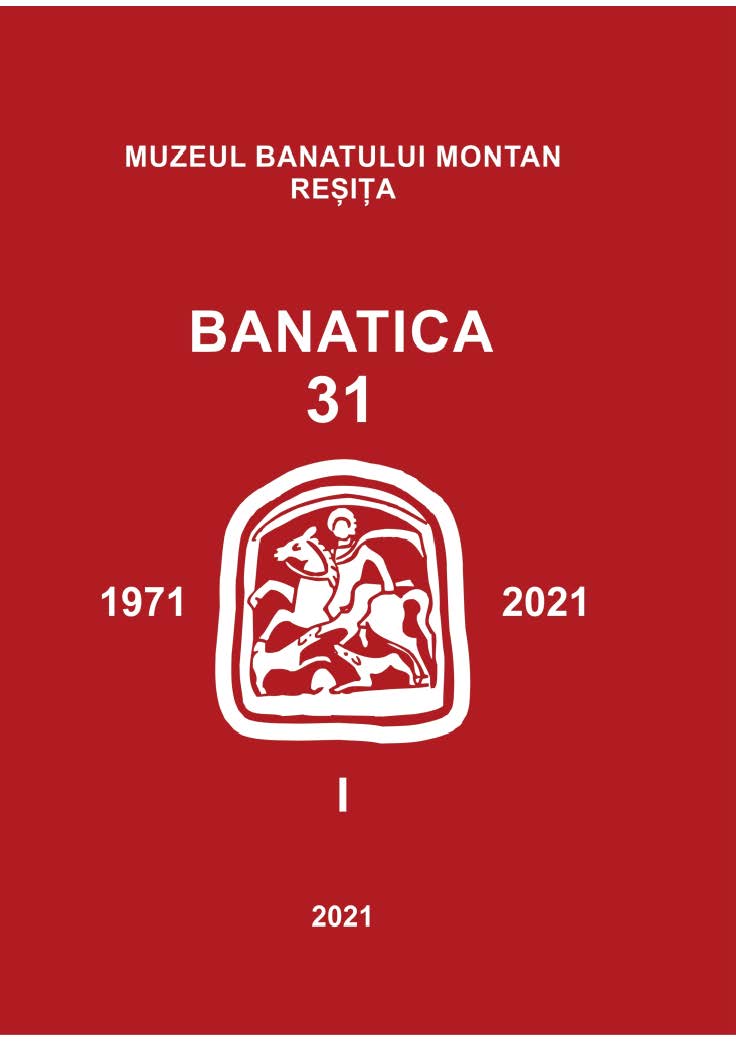
Keywords: Cybele; worshippers; religious collegiums; Magna Mater;
It is important to approach and analyze the religious beliefs of a community as so we can draw much more correctly the image of this one, its ethnic, social, and cultural structure, but also find up precious data on the collective mentality. Cybele‘s cult and religious community are referred to in the present work, for this micro-Asiatic goddess joined the support and involving of certain faithful who let important information on these aspects, as the analyze of both the epigraphic and sculptural materials let us know. The epigraphic data prove that a place of worship existed in Drobeta, the portico of which was reconstituted by a matron, a financial and probably social too well positioned one. In analyzing the materials of Cybele’s cult I referred also to the pedestals carrying images of a head of a bull or a ram with a band of taenia on the front, placed between two lions. I do consider that Cybele worshipping might be connected to another goddess, Venus precisely, as we know that they were worshipped especially in Dalmatia. Finally, I may remind of a deeper feminine involving within the religious community who worshipped Cybele, far from what we know on the other worshipped divinities in Drobeta.
More...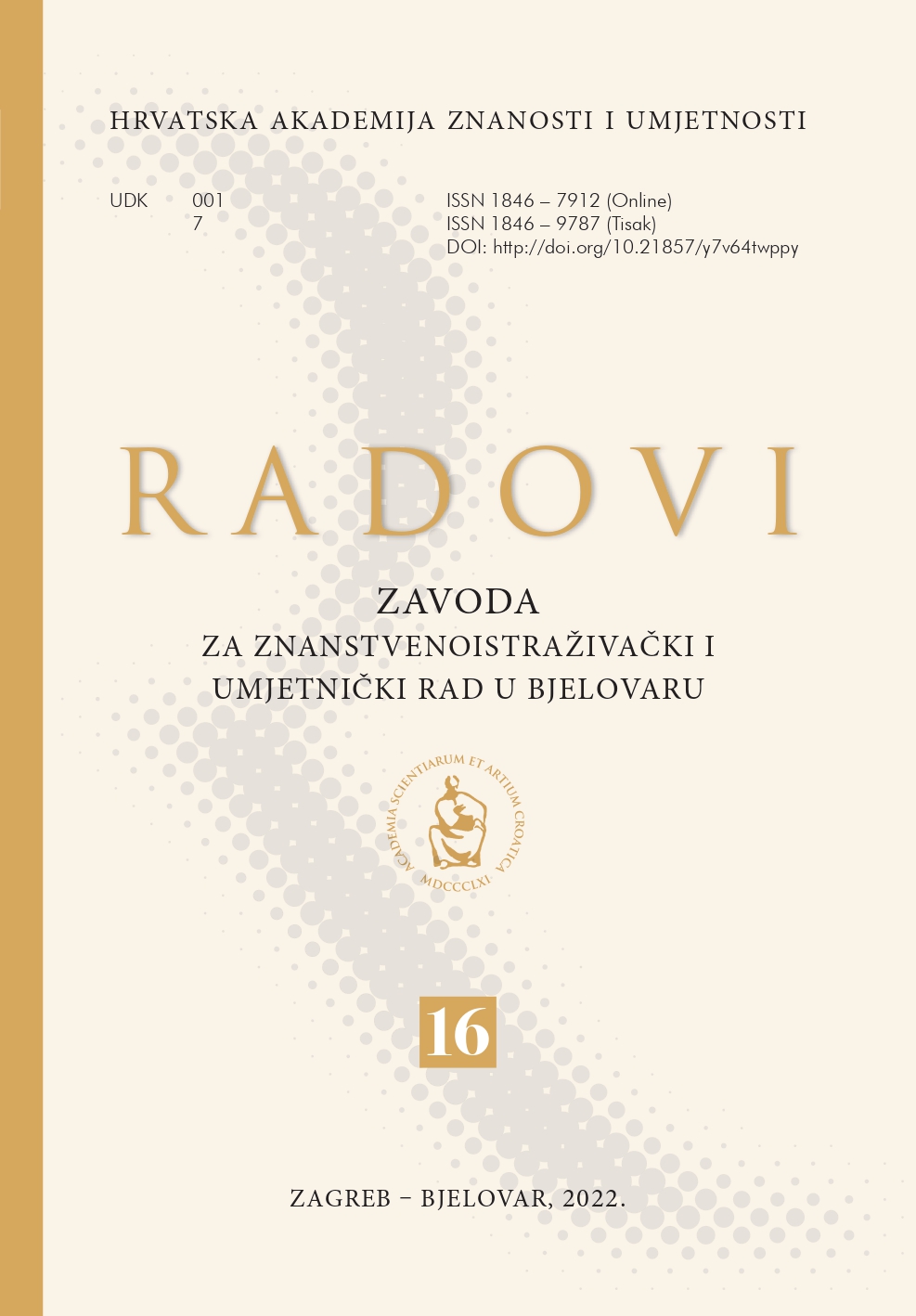
Keywords: Bjelovar; 19th century; Ivan Bönisch; head surgeon; personal letters; history;
The paper presents professional and personal information on head surgeon Johann (Ivan) Bönisch, who was active in Bjelovar as hospital surgeon and district physician. He worked as head surgeon with permanent office in both regiments belonging to Bjelovar – first in Đurđevac, and later in Križevci. The paper includes the integral letter Bönisch sent to his wife Julia in translation from the German language. The letter was written in 1849 in the Sirmium battlefield, where he worked as battalion surgeon. Using emotional literary expression, he offers information on army activities, and sanitary and military circumstances in battlefields in the mid-19th century.
More...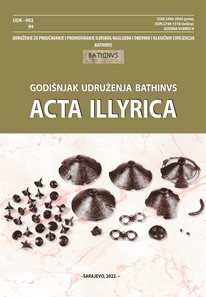
Keywords: Amra Šačić Beća; Northern Bosnia; Roman Pannonia; Roman Empire; Bellum Batonianum; Administrative arrangement; Faustinianum; municipium Splonistarum;
Review of: Amra Šačić Beća, Sjeverna Bosna u okvirima rimske Panonije/Northern Bosnia within the bounds of Roman Pannonia, Udruženje za proučavanje i promoviranje ilirskog naslijeđa i drevnih i klasičnih civilizacija “BATHINVS”, 2022, Sarajevo, 568 str.
More...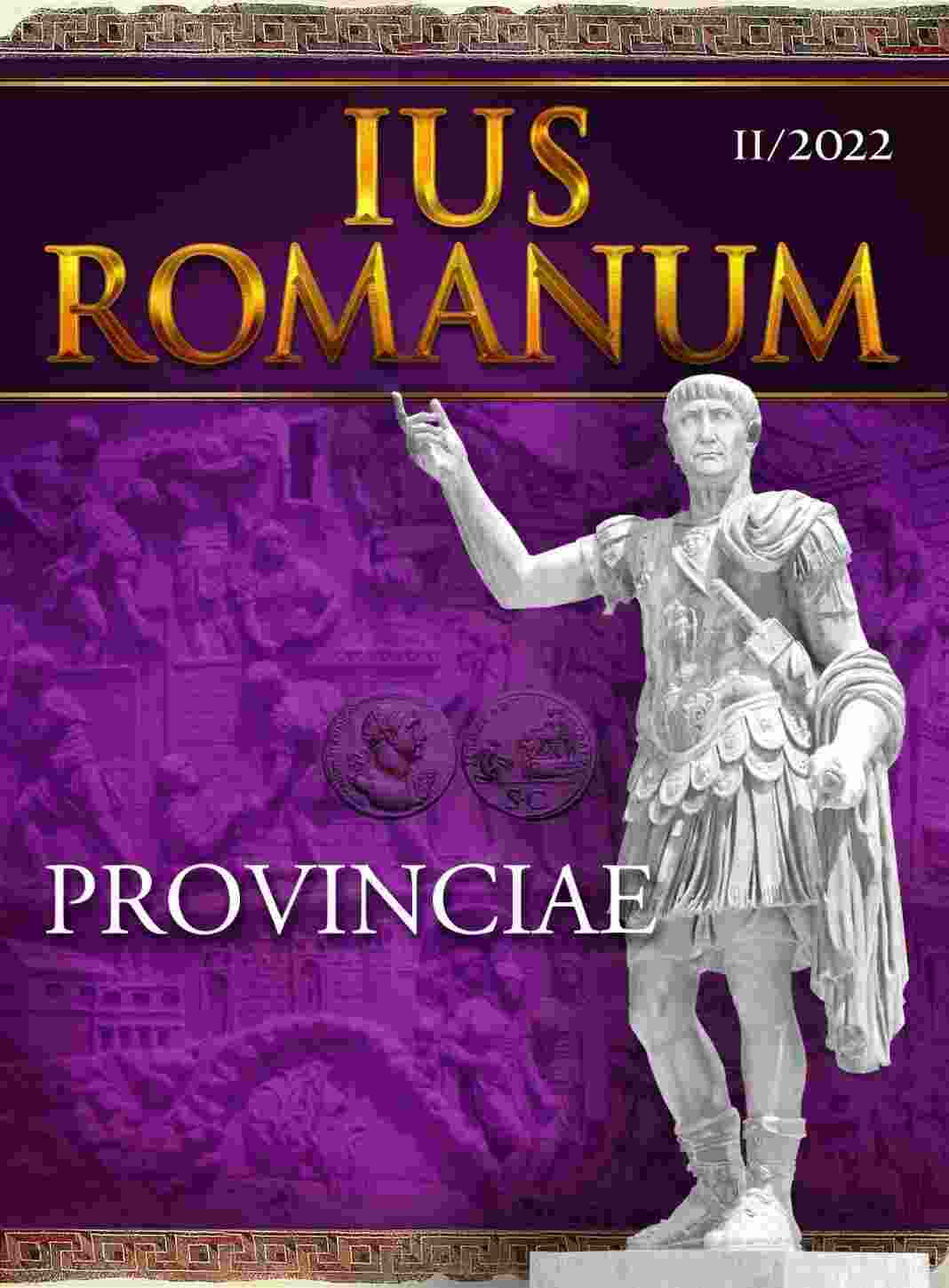
Keywords: Roman Privince; Dacia; wax tablets of Alburnus Maior - tabulae ceratae Alburnense; vulgarisation of Roman Classical Law
Dacia was, between 106 and 275 AD a Roman province , known under the surname of Dacia Felix. Our contribution takes advantage on a circumstance, at least as happy as the province was considered to be: the existence of the wax tablets of Alburnus Maior (nowadays Roșia Montană, in Alba County, Romania . Also known as Triptychs, some are valuable sources of historical and legal informations, while others simply record scenes of social life. Uncovered between 1786 and 1855 out of the former provincial golden mines, they are a priceless account of the way locals transplanted the Roman Classical Law. In fact, this very direct application of Roman Law in the Dacia province was, among other Transylvanian epigraphic testimonies , also demonstrated by these waxed tablets (tabulae ceratae Alburnense ). Those juridically relevant were studied by Romanian legal historians such as Ion Peretz, Ion Baltariu , Vladimir Hanga . Our purpose here is to give a brief account on how the vulgarisation of Roman Classical Law took place in this part of the Empire.
More...